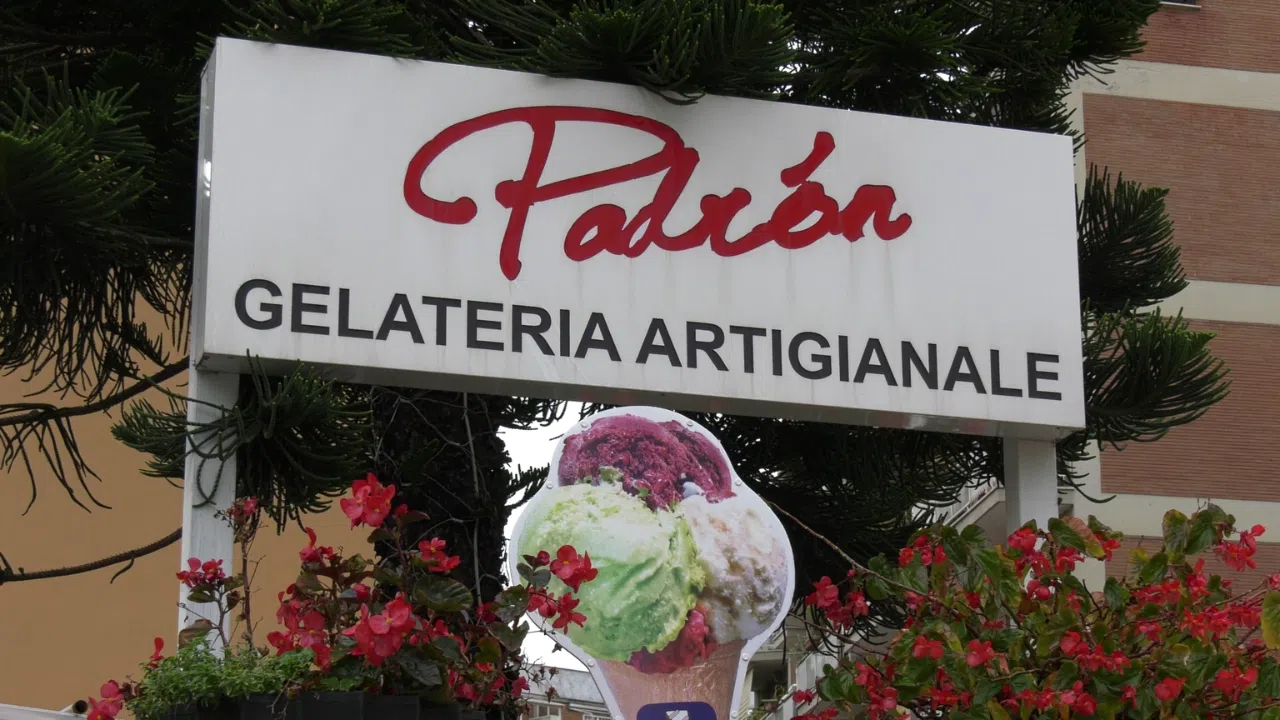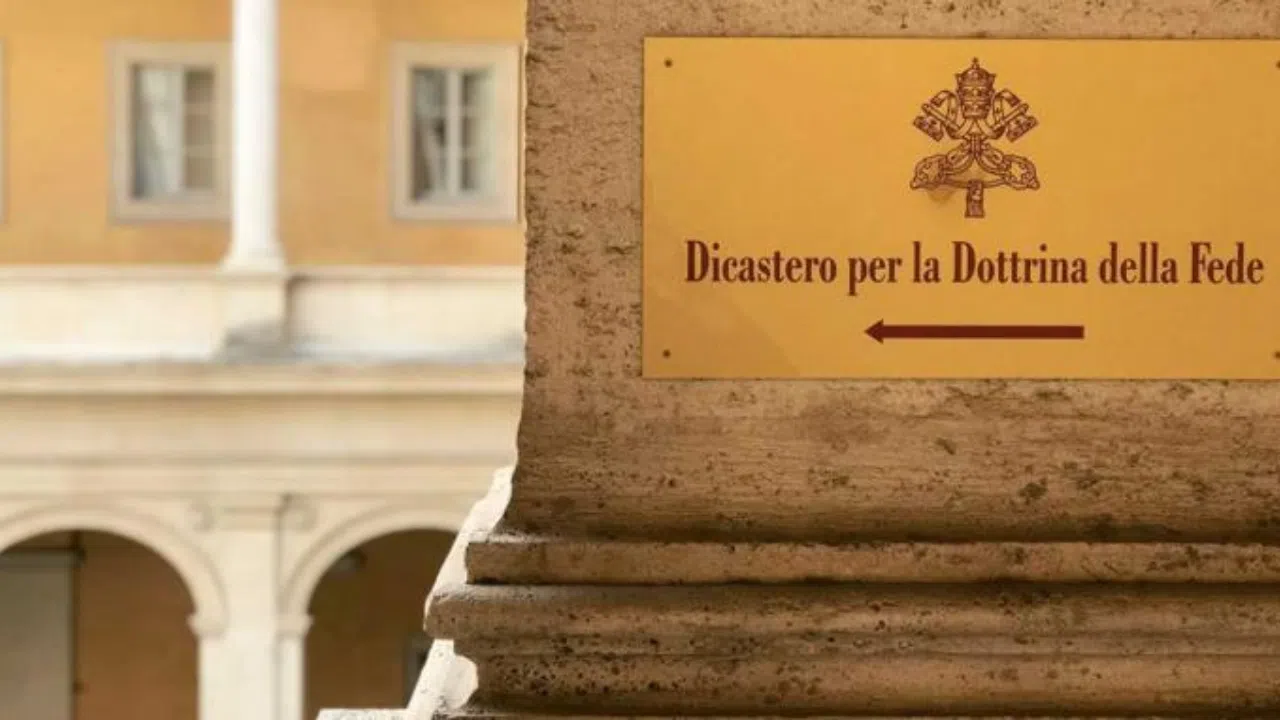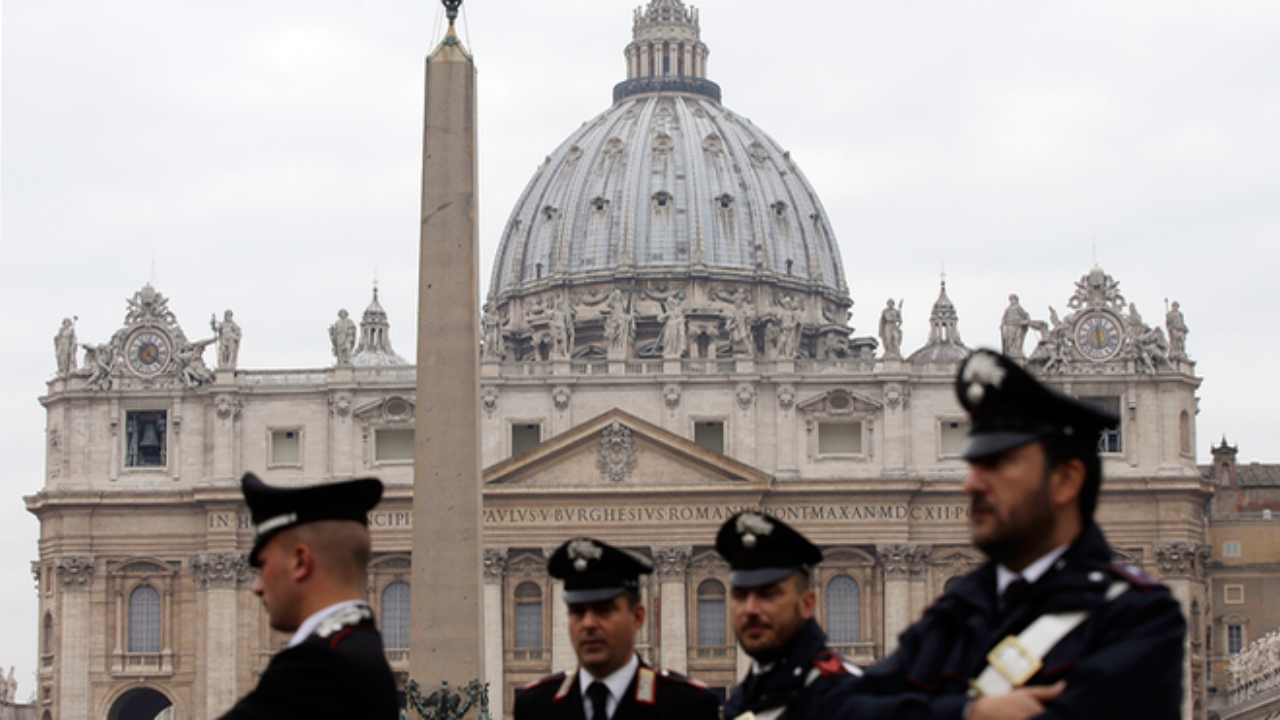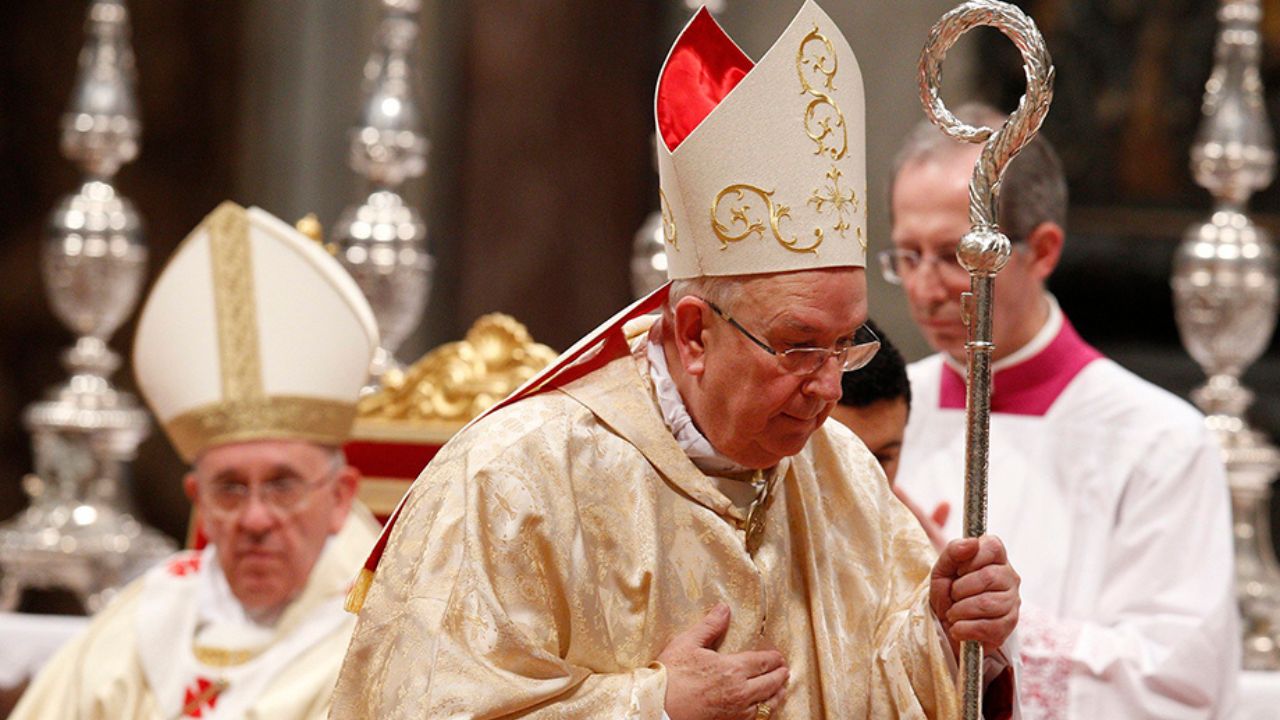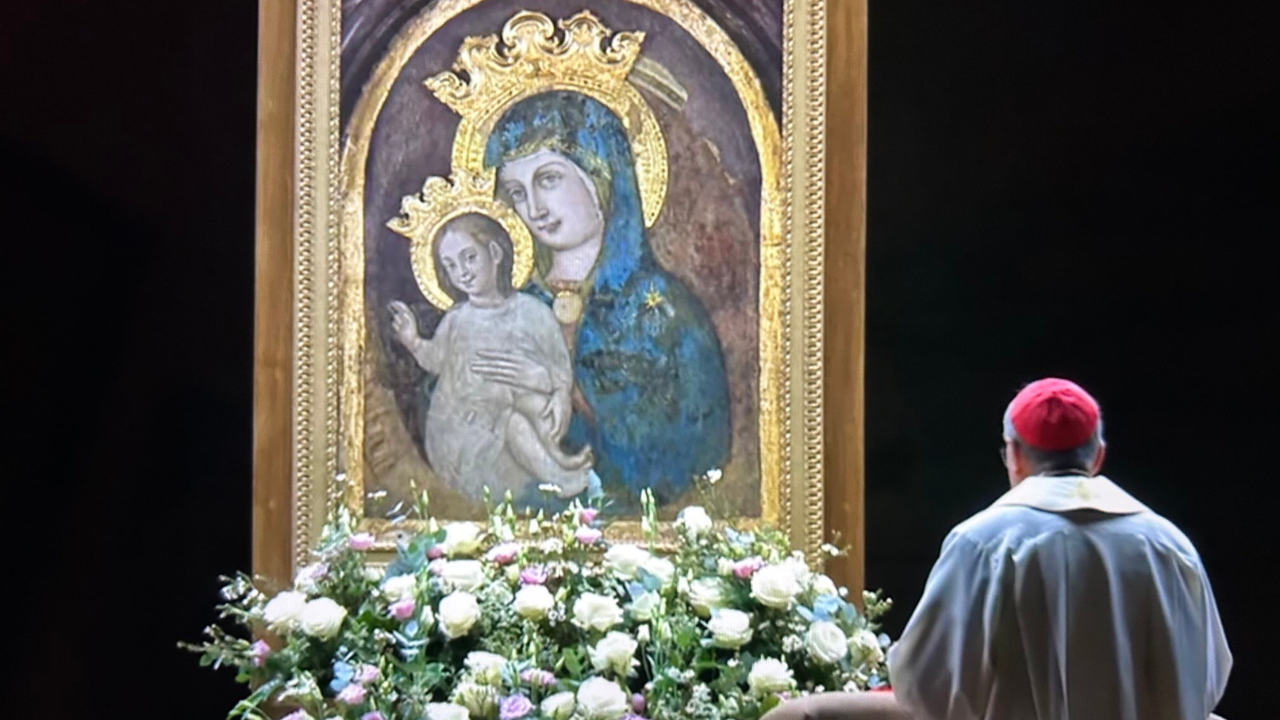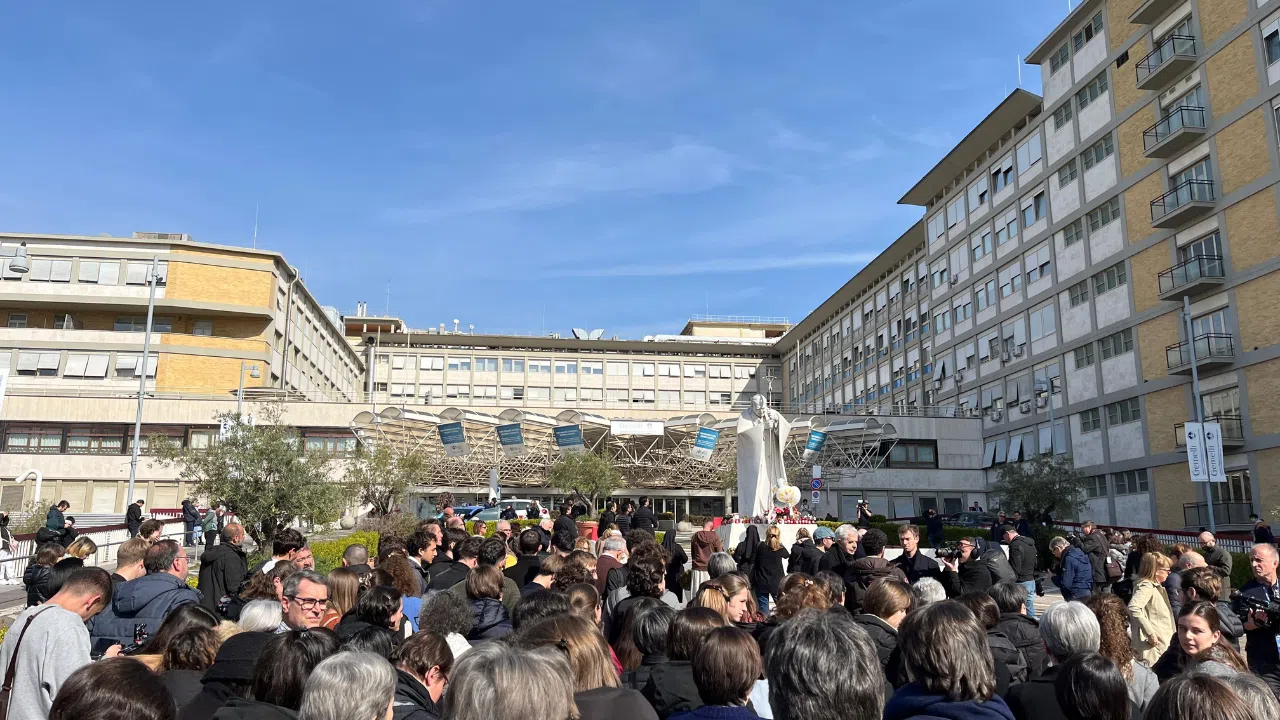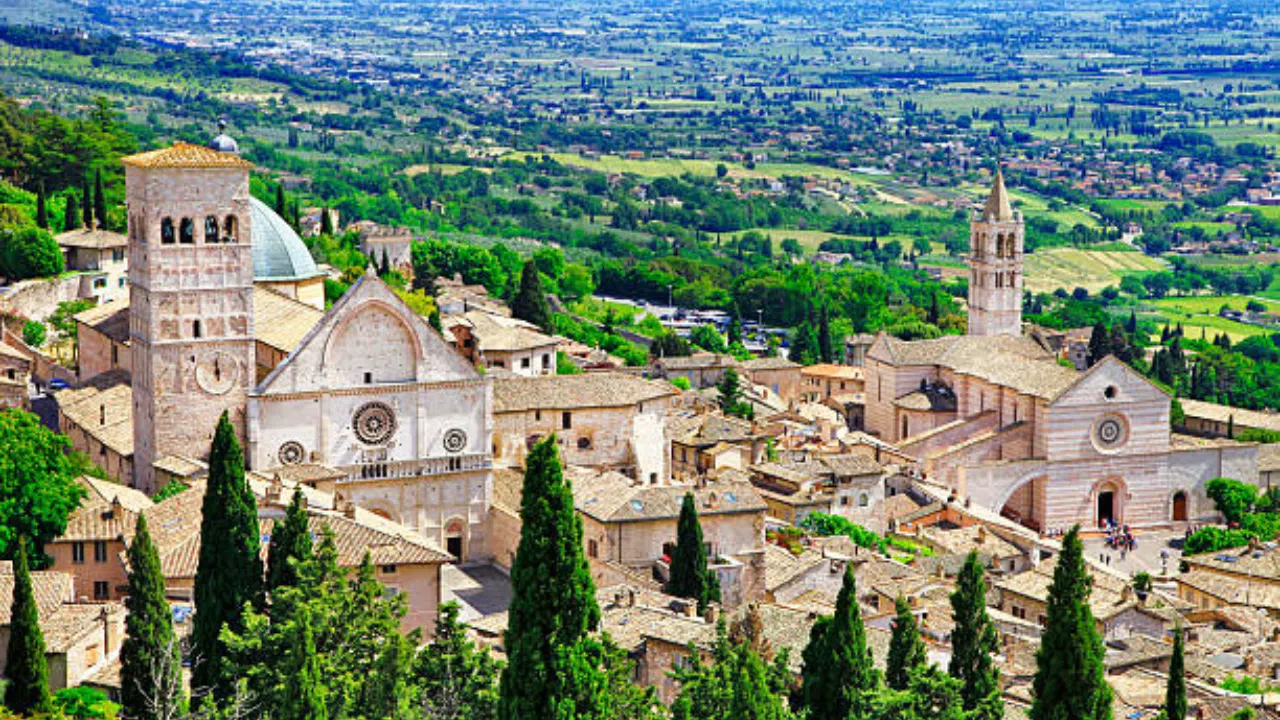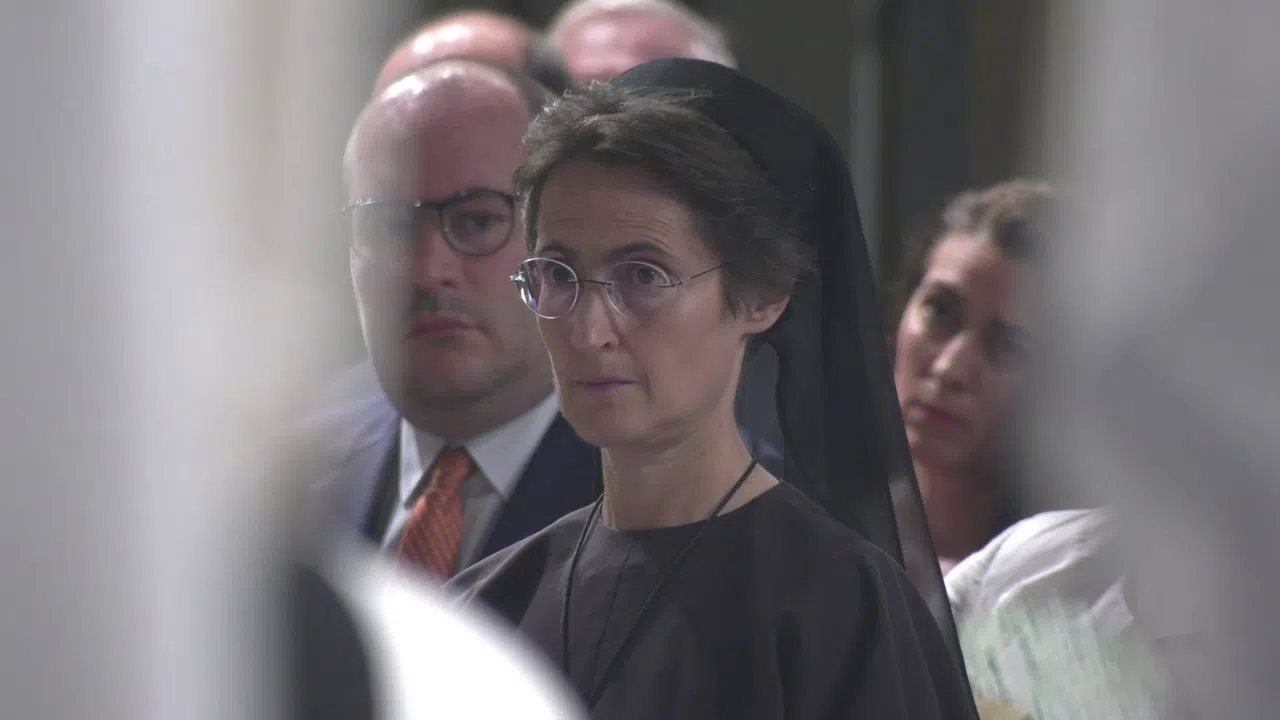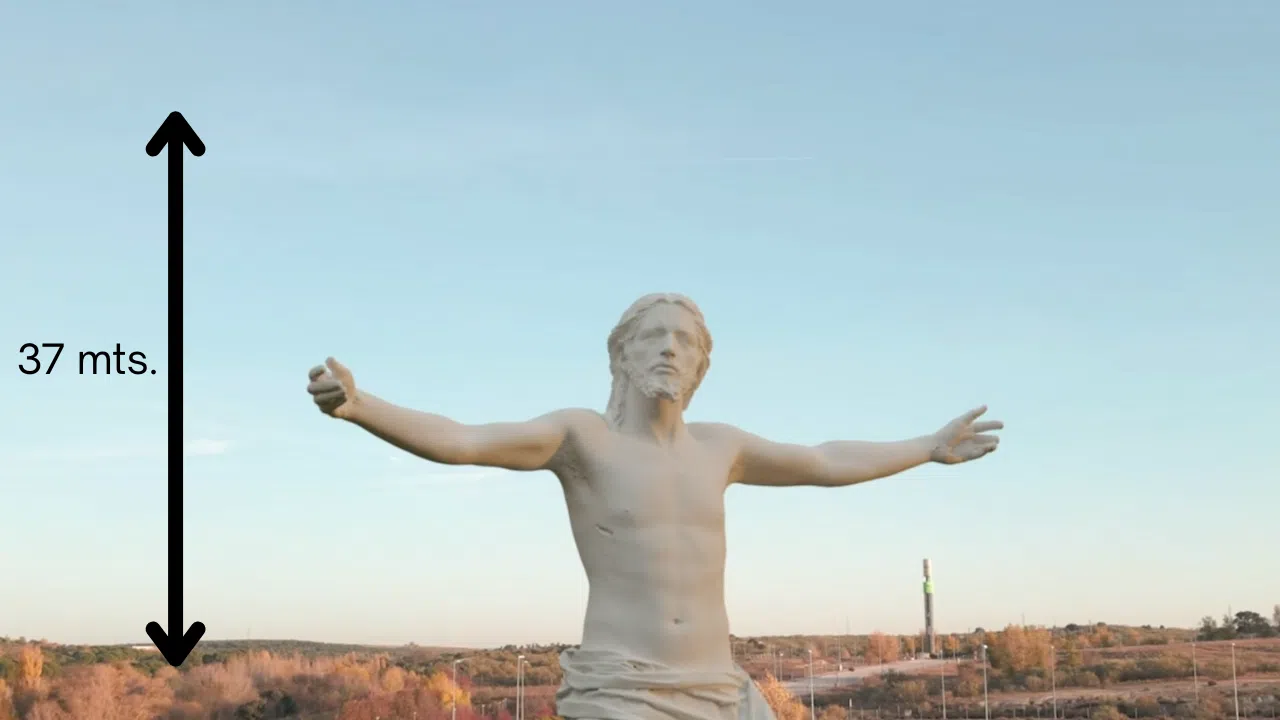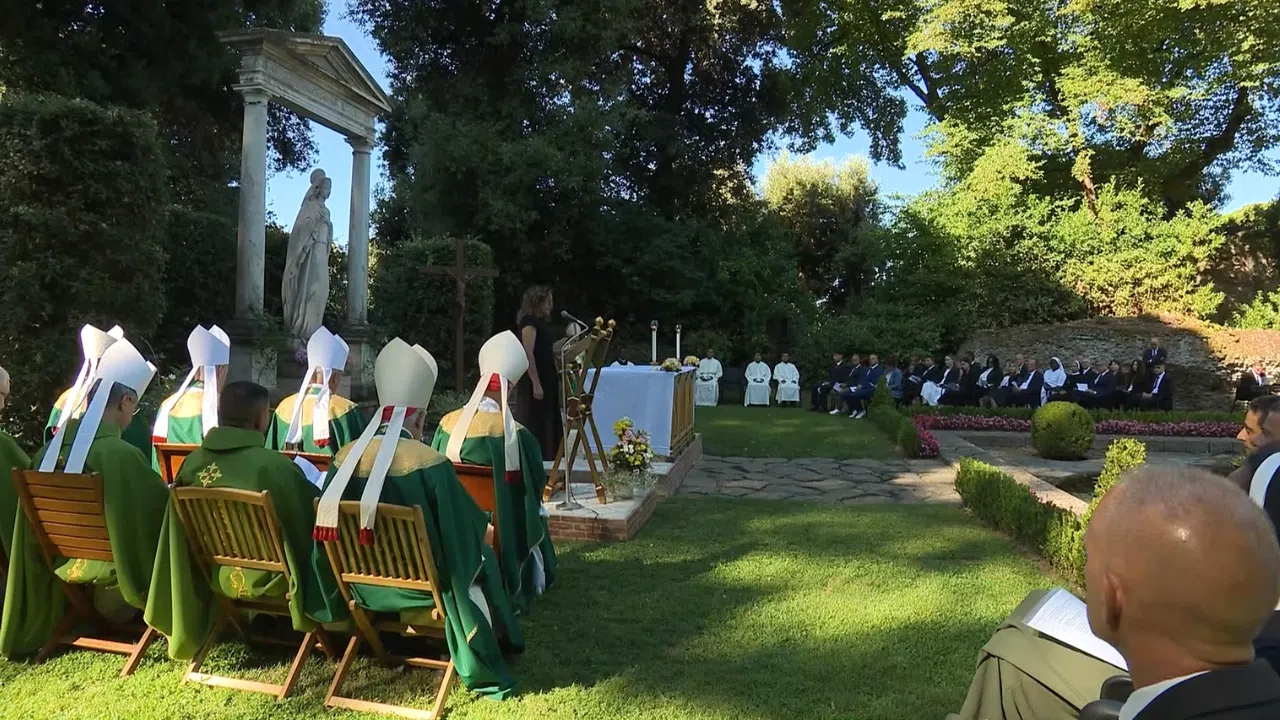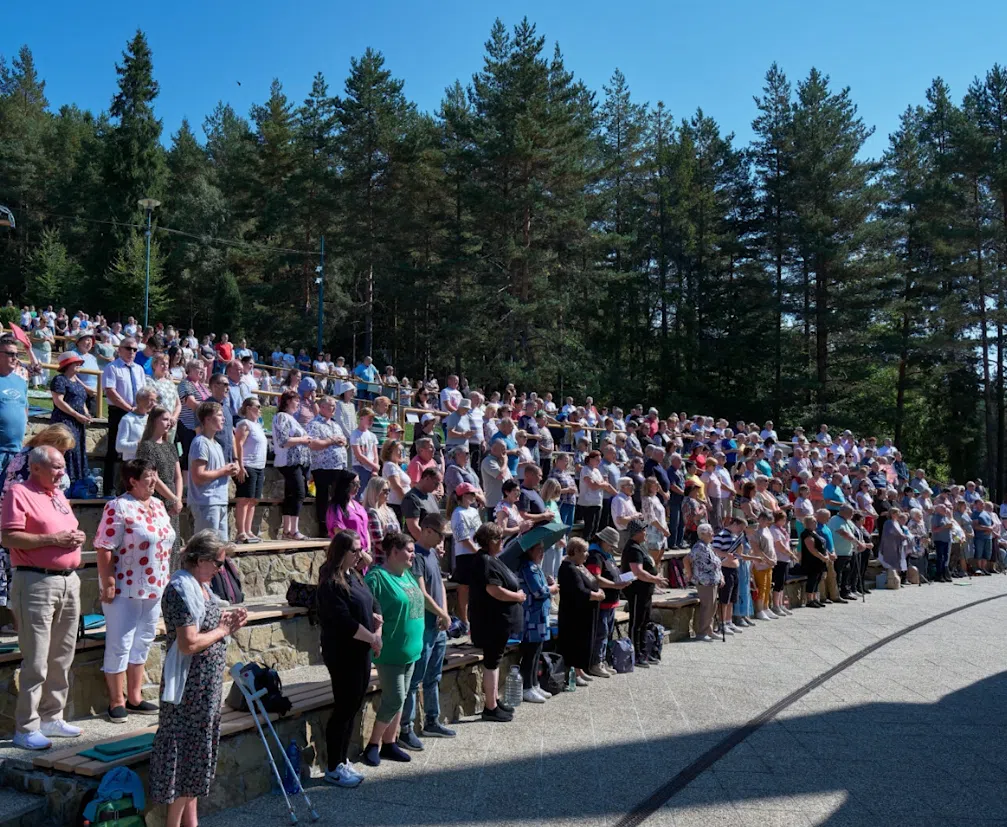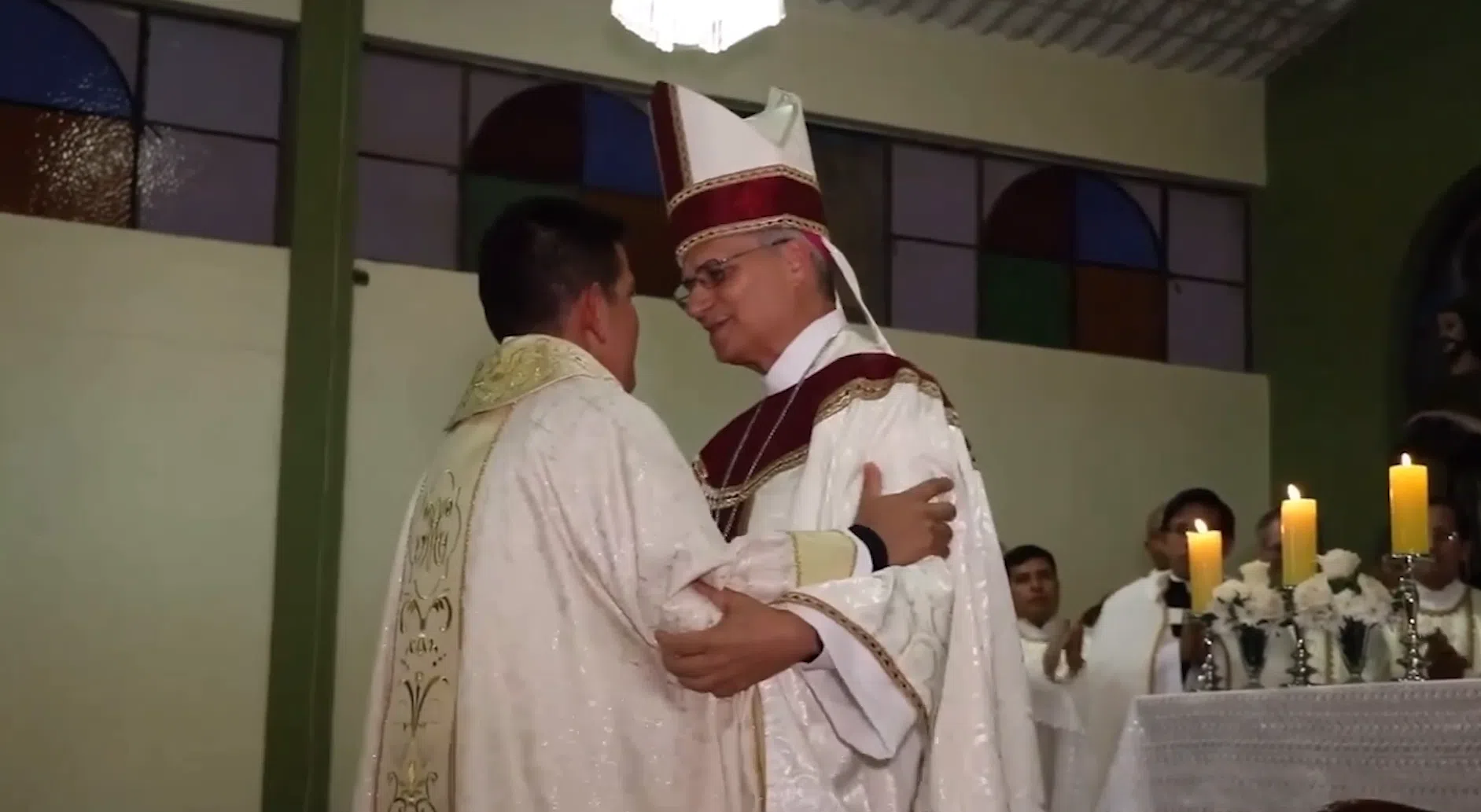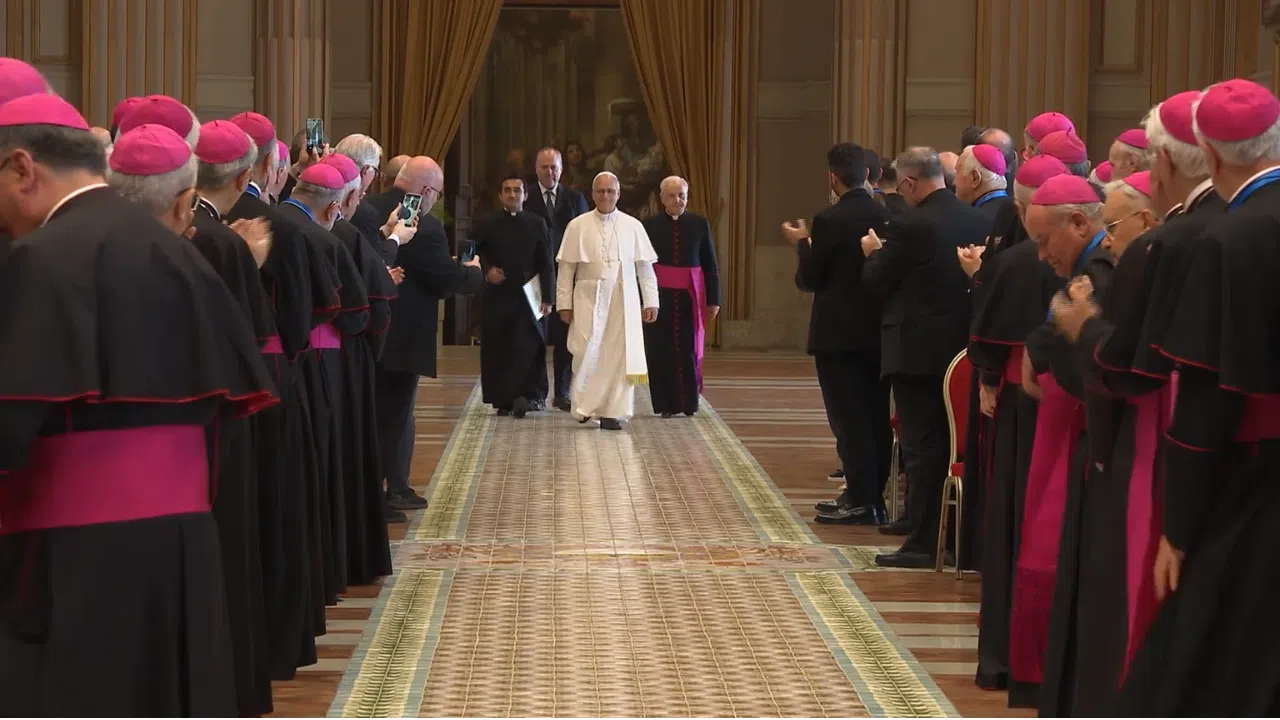These stones are part of a key landmark in the Easter story.
F. EUGENIO ALLIATA
Archaeologist, Franciscan Biblical Museum
“It's a beautiful, ancient site. It's the place where the famous Antonia Tower stood in the northeastern corner of the temple. According to tradition, it was the residence of Roman prosecutor Pontius Pilate. That's why Jesus was tried here and sentenced to death.”
The Antonia Fortress was ordered to be built here by King Herod. The Praetorium was located inside, where Pontius Pilate tried Jesus. These slabs were part of the Lithostrotos, the same stone floor graced by Jesus following his sentencing and where he was flogged, insulted and crowned with thorns.
The large pavement covered the Antonia Fortress' central patio where the Scriptures say Pilate asked Christ if He was King of the Jews, to which Jesus responded, “My Kingdom is not of this world.”
This would then become the starting point for the Way of the Cross, the path Christ followed with His cross uphill to Golgotha.
The Franciscans are the ones who conserve this space and make the stones talk through their archaeological studies. For nearly 40 years, Friar Alliata has been overseeing the Holy Land's continued role as the fifth Gospel.
F. EUGENIO ALLIATA
Archaeologist, Franciscan Biblical Museum
“The Custody of the Holy Land is in charge of caring for many Holy Sites, conserving them from a religious perspective and guaranteeing one's ability to enter and pray in them. It's also responsible for the study aspect, which has been called Ilustratio Terre Sancte for centuries. In other words, one of the Franciscans' responsibilities here is spreading an understanding of the Holy Land.”
The elements in this room detail the various stages the Holy City has experienced. For example, these are shells from the successive attacks on the fortress. These two inscriptions in stone speak of Roman emperors and are dated back to the first century AD. This Roman altar with laurel is believed to be from the second or third century AD.
The site has been preserved for centuries as a stone witness to the sentencing of an innocent person, the victim of an unjust trail.

